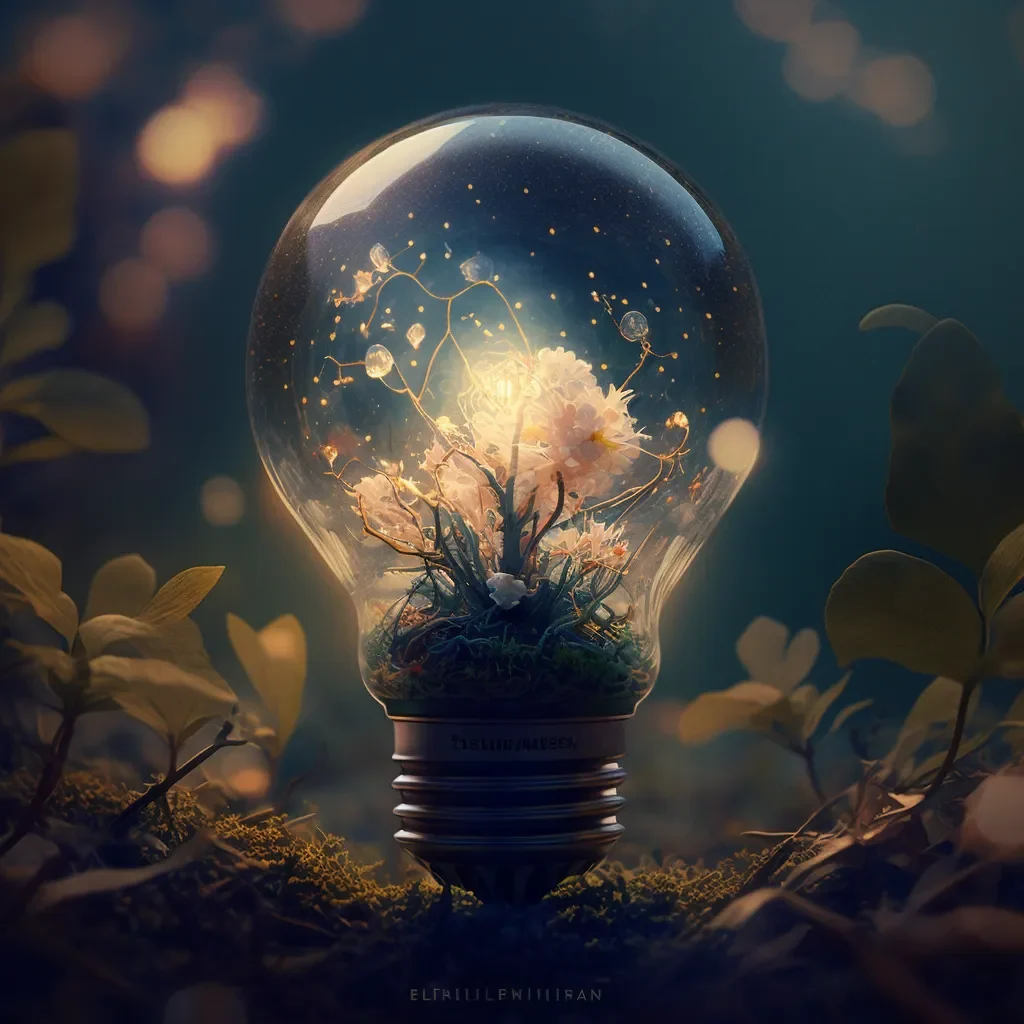The Psychedelic Experience: A Peek into the Psychedelic Mind
First-person perspective and psychological mechanisms of action
Psychedelics 101 Series
Understanding the Fundamentals of Psychedelics
July 15, 2023
Housekeeping!
In our description of the psychedelic experience, we stay within the broad bounds of the classic psychedelics that interact with the 5-HT2A serotonin receptor in the brain. The aim is that you get an introductory feel and impression of what it’s like to experience psychedelics.
As we will explore in a following Chapter in this series, the setting, dose, substance, individual’s personality, expectations, beliefs, cultural context, and personal history, as well as their current emotional and mental state all come together to form the direction and intensity the experience takes.
What is the psychedelic experience like?
It’s about to get juicy, as in this article we take a peek inside the mind under psychedelics! Ready to experience psychedelics?
Now, we will tap into the facets of the psychedelic realm, by exploring the tapestry of experiences, from euphoric and enlightening to chaotic and challenging.
Pause here for a moment, take a deep breath, with a long and slow exhale.
Ineffability and variability
Any true attempt to describe a psychedelic experience has to start with the acknowledgment of its ineffability. It’s a disclaimer pointing to the fact that a true understanding of a psychedelic experience eludes language and defies description due to the nature and variability of the experiences. Yet here, we endeavor to convey it.
“Poetry is the art of conveying the ineffable, transcending language using it’s symbols.”
– Nino Galvez
Pioneer in the field of LSD research, Daniel X. Freedman, beautifully points to why the experience is ineffable. The ‘portentousness’ of the psychedelic realm:
“the capacity of the mind to see more than it can tell, to experience more than it can explicate, to believe in and be impressed with more than it can rationally justify, to experience boundlessness and ‘boundaryless’ events, from the banal to the profound”
— Freedman, 1968
The flow of psychedelic intensity
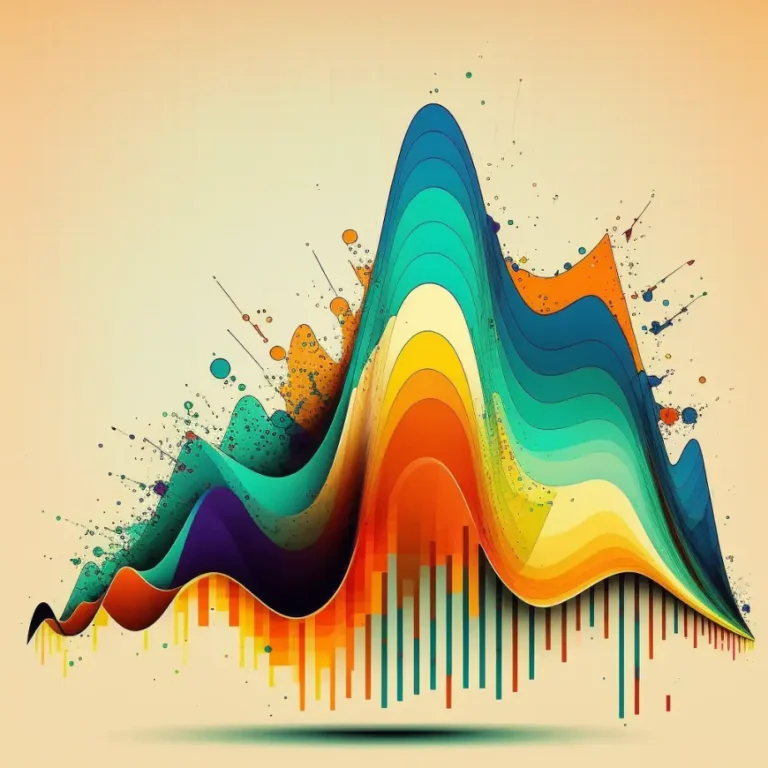
The psychedelic experience typically unfolds in the same pattern. Starting with the onset, right after the intake of the substance where the effects start to kick in and build up to the peak of the experience. Unlike the image, the peak usually happens after a quarter of the total time of the experience passes and not in the middle. The peak intensity is maintained for a while and from there, the intensity slowly diminishes and finally one comes back to ordinary experience.
The length of that experience varies based on the substance and method of consumption. DMT can produce effects in as little as 15 minutes when inhaled, while an LSD experience can last up to 12 hours when taken orally. The length of the experience doesn’t determine its impact. A shorter experience can be more profound and intense than a long one. [1]
Non-ordinary sensory experience
Under the influence of a psychedelic, the world around us takes on a new and vibrant form. Colors can be more fluorescent, sounds more pronounced, and the body reveals new sensations. Audio and visual sensations can melt and intertwine, called synesthesia.
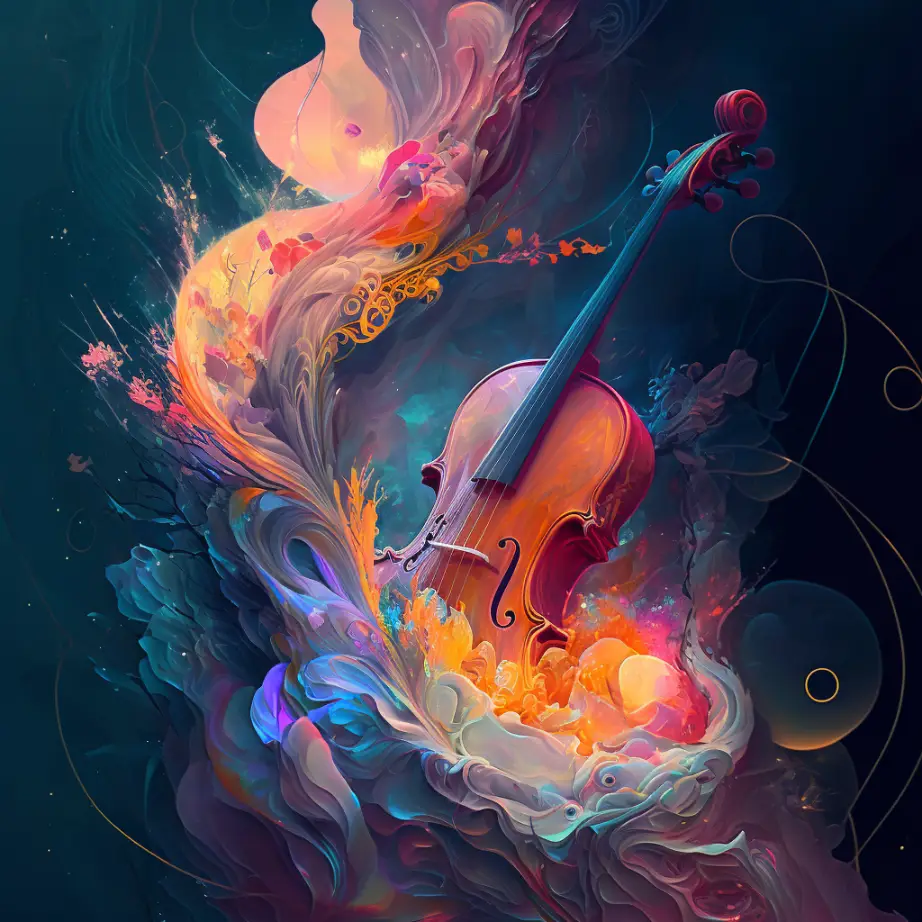
Synesthesia, where music speaks to the soul,
In colors and tastes, a symphony whole.
A fusion of senses, a transcendent delight,
A connection to the universe, a cosmic light.
Each note a brushstroke, each chord a flavor,
A tapestry woven, by the mind’s labor.
A symphony of the senses, a harmony divine,
A connection to the soul, a cosmic design.
— Nino Galvez
& partner in crime ChatGPT
While the sensory effects of psychedelics are captivating, focusing solely on these appearances can hinder deeper transformative work. It is valuable to mention that placing too much emphasis on these entertaining phenomena can be a distraction. We at Evolute Institute are not aiming to help our clients have “yet another cool experience”, but to facilitate their entry into deep states where a psycho-spiritual “homecoming” can be experienced.
The boundaries dissolve as the dial is turned
‘There are certain types of change which are usual enough to be considered characteristic of psychedelics: the sense of slowed or arrested time, and the alteration of “ego boundary”—that is, of the sensation of one’s own identity’
– Alan Watts
The core of a psychedelic journey lies in the dissolution and re-positioning of boundaries [2a]. More specifically, the boundaries of the self, that make up the sense of self. The “I” that you know and identify with. “Who is reading this word?” – “I” am, right?
Proceed slowly.
Identify that I, here and now. That “I”, that appears distinct from the rest of the world “out there”. That dissolves to varying degrees, revealing new ways of seeing, realms of awareness and experiences [2b].
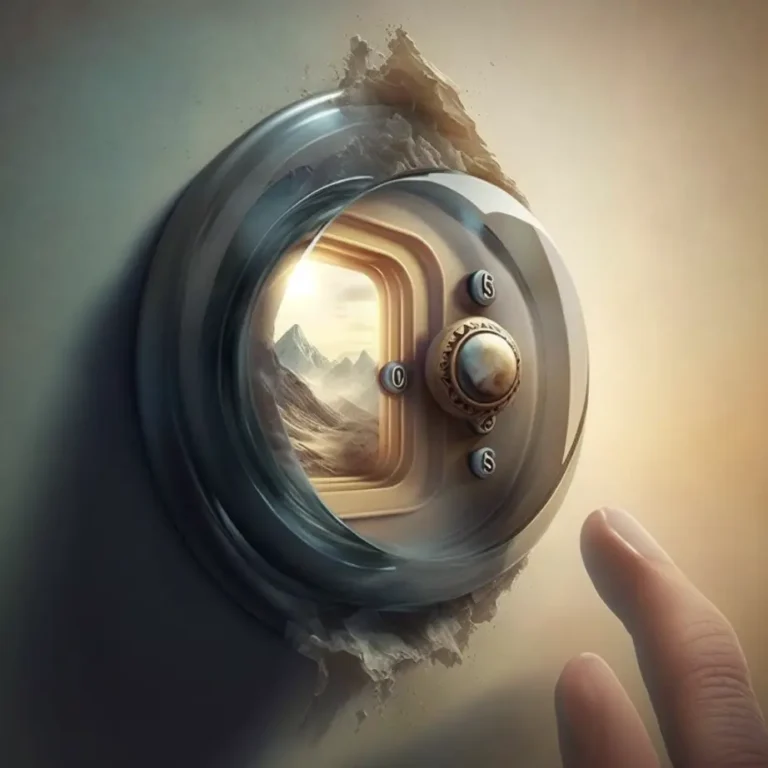
Like the turning of a dial, the degree of dissolution of boundaries happens throughout a continuum. As the dial turns down, the doors of perception open and the opportunity to look through a new lens emerges.
The dose one takes of any psychedelic substance is the largest predicting factor for how far the dial turns.
Insight from dissolution
When starting to turn that dial, regular mental barriers are overcome. Experienced as reduced entanglement with thoughts and emotions. An improved ability to distance oneself from persistent thoughts [3a]. As if taking a step back and being able to witness with and a clear view the contents of mind, without evasion or defensiveness and. Commonly gaining the ability to see dysfunctional emotional or behavioural patterns, and the possibility of alternatives, with striking clarity.
“That concrete coat that you’re constantly wearing day to day has been put to one side, you’re still thinking and feeling but you can see and feel things a lot more clearly, you’re not immersed. And that stayed for a considerable amount of time: the coat came off.”
— Study participant in psilocybin assisted therapy trial [3b]
Hand in hand with the dissolution of mental barriers comes a freer, less limited mode of thinking. Mental boxes fade away.
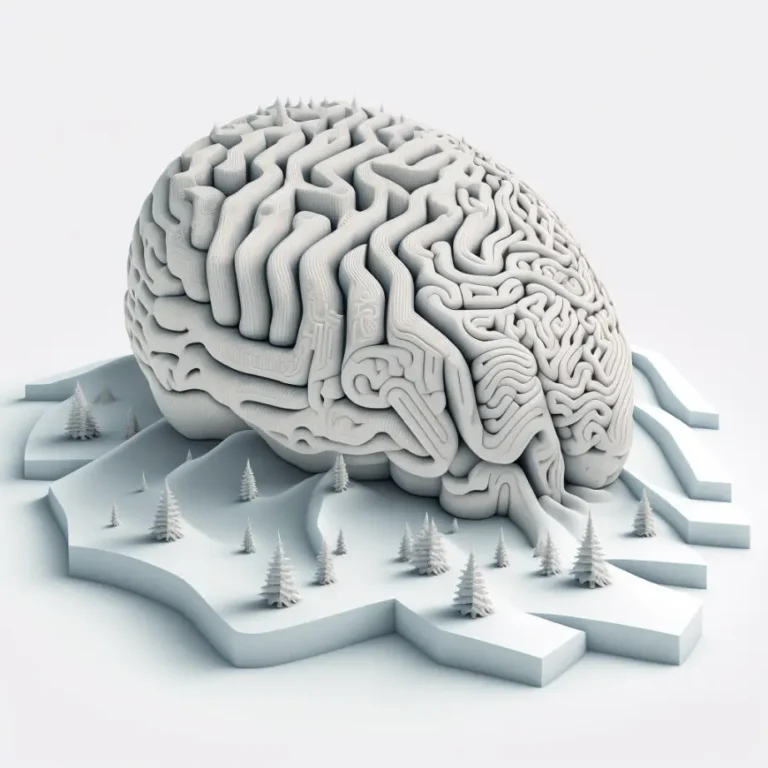
Picture a ski slope on a peak-season day, where hundreds of people race down the mountain and create, deepen and enforce well-trodden tracks into the snow and ice. At the end of the day, the deep bumps in the snow only leave limited and harsh paths to ride.
Like in the image, the tracks of the slope represent the paths your thoughts can take in the brain.
Thoughts repeat in patterns. They occur within certain limits, don’t they?
When the mental boundaries dissolve, it is as if the tracks on the slope are flattened and lavished with fresh snow. An exciting and unfamiliar feeling accompanies the experience of your thoughts being able to effortlessly cruise down the fresh slope, giving rise to the ability to start new habits of thinking, feeling, and acting [3c].
‘By and large the individual is not aware of the ego boundaries of his mind and body and becomes aware of them only when a change has occurred in them’
– Savage, in his discussion of LSD phenomenology 1955
Next Experiment of Perception

What do you see in the image above?
Are you sure?
Either a duck or a rabbit. Or perhaps a seagull or albatross? Surprise! All possible, right?
This ambiguous image was created by psychologist Joseph Jastrow to illustrate that if you change the way you look at things, the things you look at change.
In a similar, but far more powerful way than the reinterpretation of a simple drawing, psychedelics can give us a radical agility and flexibility of mind, as it is freed from its usual boundaries. Allowing for new insights to pop into awareness.
“It was as if someone had just put the lights on in a dark house, suddenly I could see my life again, I had hope, I was enthusiastic, I had life in me again.”
— Study participant in psilocybin assisted therapy trial [3d]
Dreams and hypnagogic states have been highly influential in promoting scientific creativity and insight. Similarly, psychedelic states have been associated with facilitating creativity [4]. These states are especially useful for the “illumination” or “eureka” phase of the creative process, where creative ideas spontaneously flash into vision, is associated with loose, freely associative and non-logical thought.
Surely, you have experienced that “aha” moment.
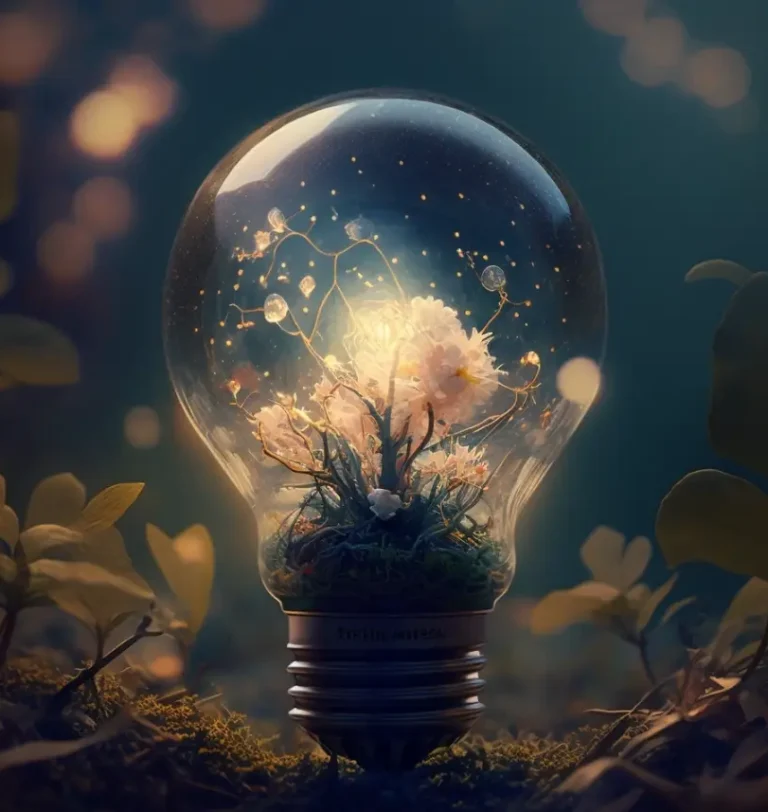
“We cannot solve problems with the same thinking we used when we created them.”
— Albert Einstein
Oceanic Boundlessness
Turning the dial further, the boundaries continue to dissolve. What you are and what the world is start to merge, as a sensation of “oceanic boundlessness” may arise [5].
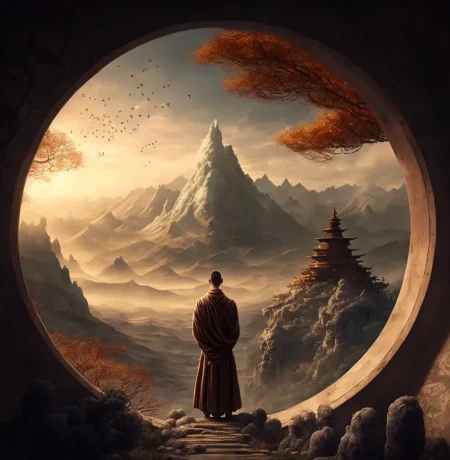
“There is no English word for a type of feeling which the Japanese call yūgen, and we can only understand by opening our minds to situations in which Japanese people use the word […] ‘To watch the sun sink behind a flower-clad hill, to wander on and on in a huge forest without thought of return, to stand upon the shore and gaze after a boat that disappears behind distant islands, to contemplate the flight of wild geese seen and lost among the clouds.’ (Seami) All these are yūgen, but what have they in common?”
— Alan Watts
The Shifting Spotlight
“Psychedelics make the spotlight of consciousness a floodlight which… brings to light unsuspected details—details normally ignored because of their lack of significance”
– Alan Watts
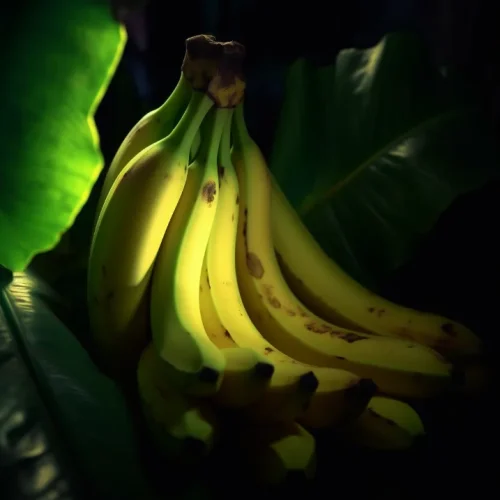
As mental boundaries dissolve, the innate beauty and inexplicability of the ordinary things around us that we usually do not see, comes to life.
Whether and how it helps “you” becomes irrelevant. In other words, “attention is no longer guided exclusively by adaptive and egocentric goals and agendas and salience attribution is no longer bound to personal concern.” [2c]
In Buddhism, the concept of “rapture” refers to the natural wondering of the mind. That, if allowed to wander towards the wonder, a the beauty of mind and reality is revealed.
“The vast intricacy of what happens in each moment is truly remarkable. When you walk, walk with a sense of wonder at all the little aspects of movement, of balancing, of a body moving through the air, through a changing landscape, with all the little facets that make that up.”
– Daniel Ingram Mastering the Core Teachings of the Buddha

Aldous Huxley, in one of the most eloquent descriptions of a psychedelic experience in the book: “The Doors of Perception”, attempts to communicate the beauty of the ordinary. How a chair can be seen as far more than a place to sit or as part of aesthetic interior design
“The legs, for example, of that chair – how miraculous their tubularity, how supernatural their polished smoothness! I spent several minutes – or was it several centuries? – not merely gazing at those bamboo legs, but actually being them – or rather being myself in them; or, to be still more accurate (for “I” was not involved in the case, nor in a certain sense were “they”) being my Not-self in the Not-self which was the chair.”
Integrating experiences that shift our spotlight, brings us closer to and connects us deeper with the fabric of life, with moment-to-moment experience, as we learn to make small adjustments to our spotlight in daily life.
There are two ways to live your life. One is as though nothing is a miracle. The other is as though everything is a miracle.
— Albert Einstein
The Mystical Experience
As the dial turns down further, on the sensory level, feeling of the body starts to dissapear, leading to a decreased ability to control the body. The material world around us can start to morph into complex visions such as geometric patterns [6]. The probability of entering the “mystical experience” increases.
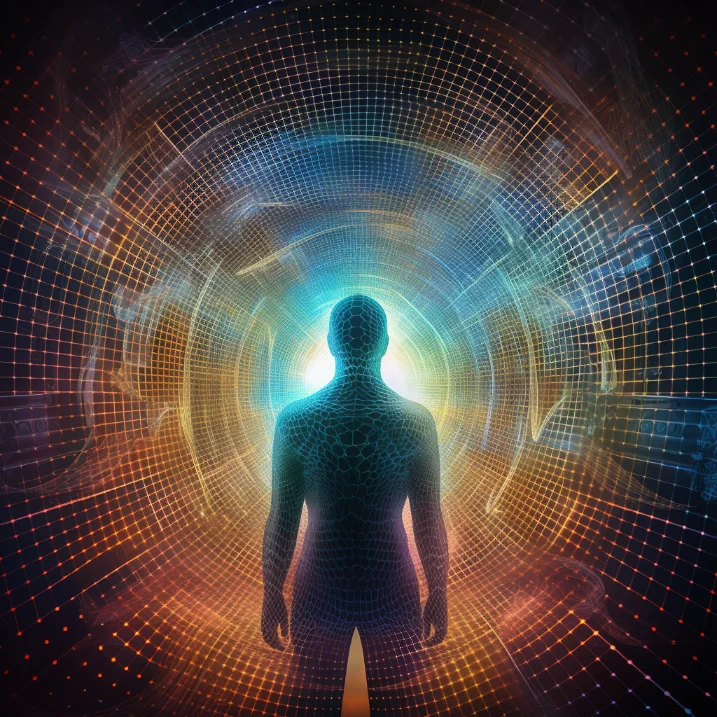
“Mystical experiences are those peculiar states of consciousness in which the individual discovers himself to be one continuous process with God, with the Universe, with the Ground of Being, or whatever name he may use by cultural conditioning or personal preference for the ultimate and eternal reality”
– Alan Watts
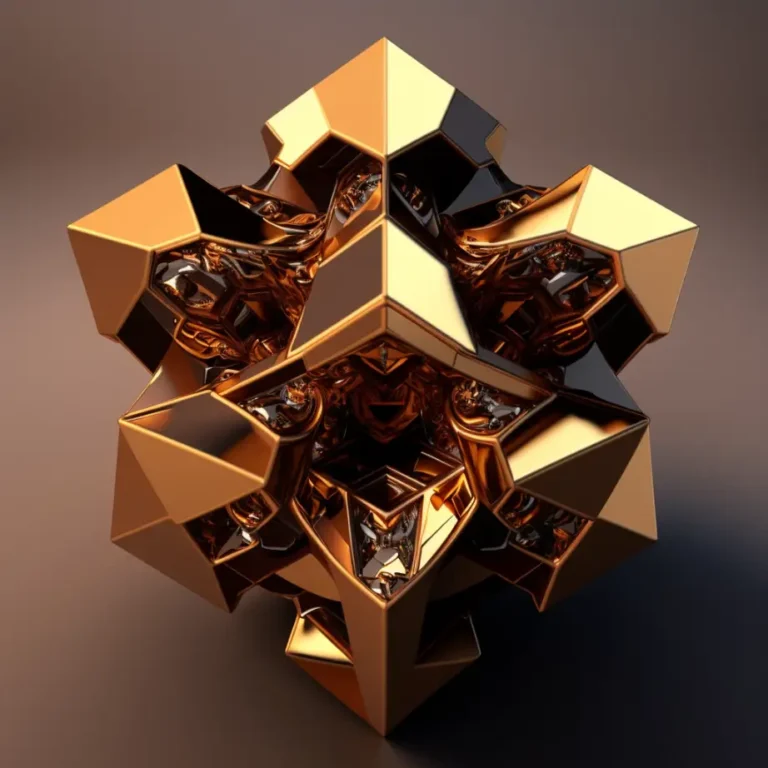
The total “mystical experience” that is beyond the reach of language encompasses a range of 5 deeply profound elements. [7]
At its core lies the concept of sacredness, a sense that what is encountered is holy or sacred, imbuing the experience with an otherworldly quality.
Alongside this is the noetic quality, a feeling that the experience is imbued with an aspect of meaning and a sense of encountering ultimate reality that seems to be more real than usual everyday reality.
“(…) the conviction that some profound objective truth has been disclosed to you is a hallmark of the mystical experience, regardless of whether it has been occasioned by a drug, meditation, fasting, flagellation, or sensory deprivation. William James gave a name to this conviction: the noetic quality. People feel they have been let in on a deep secret of the universe, and they cannot be shaken from that conviction.”
― Michael Pollan, author of “How to change your mind”
The paradoxicality of the experience adds to its allure, as to explain it one seems to have to describe the co-existence of mutually exclusive states or concepts. For example, the ancient Eastern realization of non-duality, where nothing in the universe is truly separate. Or impermanence, an awareness that pretty much everything is temporary.
The transcendence of time and space is an important aspect of the mystical experience, with introvertive mystical experiences often having a non-spatial and non-temporal aspect, such that the traditional notions of time and space have no meaning.
Those elements often leave the experiencer with a deeply felt joy, ecstasy, blessedness, peace, tenderness, gentleness, tranquility, humility or awe.
“The most beautiful experience we can have is the mysterious. It is the fundamental emotion that stands at the cradle of true art and true science. Whoever does not know it and can no longer wonder, no longer marvel, is as good as dead, and his eyes are dimmed.”
– Albert Einstein
Studies have shown that after a 14-month follow-up, anywhere from 50% to 70% of those who have had a psychedelic experience consider it the most, or in the top five most impactful and spiritually significant moments in their lives.
A study volunteer at a Johns Hopkins psilocybin-assisted trial [7b] describes the mystical experience as:
“In my mind’s eye, I felt myself instinctively taking on the posture of prayer in my head. I was on my knees, hands clasped in front of me and I bowed to this force. I wasn’t scared or threatened in any way. It was more about reverence. I was showing my respect. I was humbled and honored to be in this presence. This presence was a feeling, not something I saw or heard. I only felt it, but it felt more real than any reality I have experienced. And it was a familiar place too. One I had felt before. It was when I surrendered to this, that I felt like I let go. I was gone…or I should say this earthly part of me was. It was still on the couch in some sort of suspended animation awaiting my return. I was in the void. This void had a strange and indescribable quality to it in that there was nothing to it but this feeling of unconditional and undying Love. It felt like my soul was basking in the feeling of this space. I have no idea how long this lasted. Time and space did not exist there …it was all different manifestations of this Love feeling I found myself wrapped in.”
In these experiences, the boundaries of the sense of “I” have completely evaporated. The “avatar” has been deconstructed. Feelings of “mine” or ownership, the sense of bodily boundaries disappear into “a unitary entity underlying and persisting throughout experiences”. [2d]
“To be shaken out of the ruts of ordinary perception, to be shown for a few timeless hours the outer and inner world, not as they appear to an animal obsessed with survival or to a human being obsessed with words and notions, but as they are apprehended, directly and unconditionally, by Mind at Large — this is an experience of inestimable value to everyone and especially to the intellectual.”
– Aldous Huxley

“Who was this ‘I’ that was able to take in the scene of its own dissolution? Good question. It wasn’t me, exactly.”
Michael Pollan, reflecting on his experience of dissolution under influence of a psychedelic:
This kind of mystical experiences are not only experienced through psychedelics. They can occur spontaneously and unexpectedly in “sober” moments, like when doing sports [8]. In these instances, profound realizations that are experienced as life-changing can hit people without warning [9]. Mystical experiences can alternatively be induced by certain practices, such as dedicated meditation, sensory deprivation and fasting.
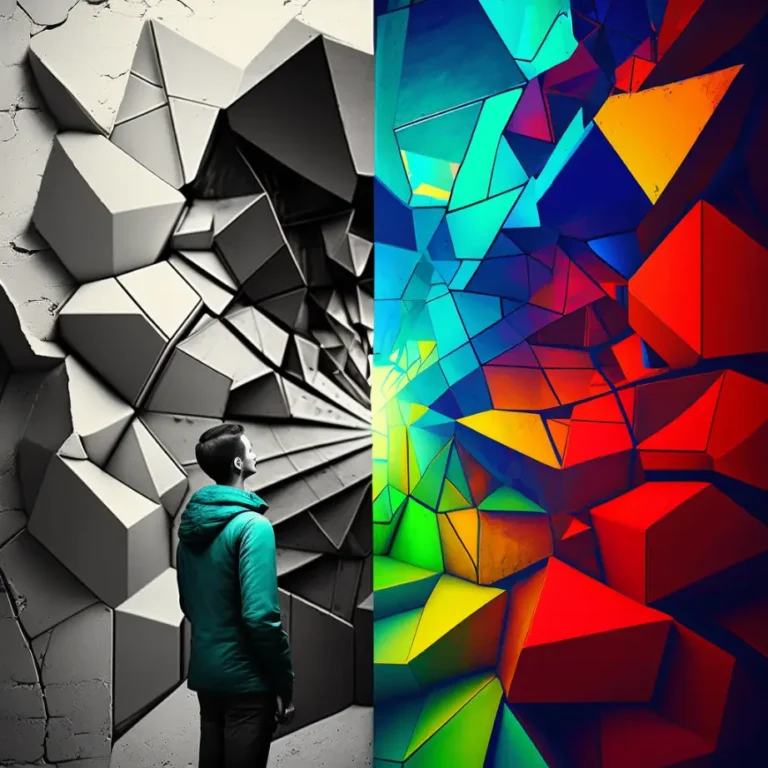
Try to describe the most beautiful shade of blue to someone who’s never seen color before. It’s a challenge, right?
That’s because we need a shared reference point to truly understand and communicate with one another. Without it, conveying ideas and experiences becomes a nearly impossible feat.
REMINDER!
Only by experiencing the dissolution of the sense of solid self first-hand, you can grasp what it is like.
The dissolution of boundaries shows that “I” is ultimately a collection of conscious sensations or experience. The transformative existential shock which often attends this discovery testifies that a mere avatar is not all that we are.
“If the doors of perception were cleansed every thing would appear to man as it is, infinite.”
— Aldous Huxley
The “dark” side of the psychedelic mind
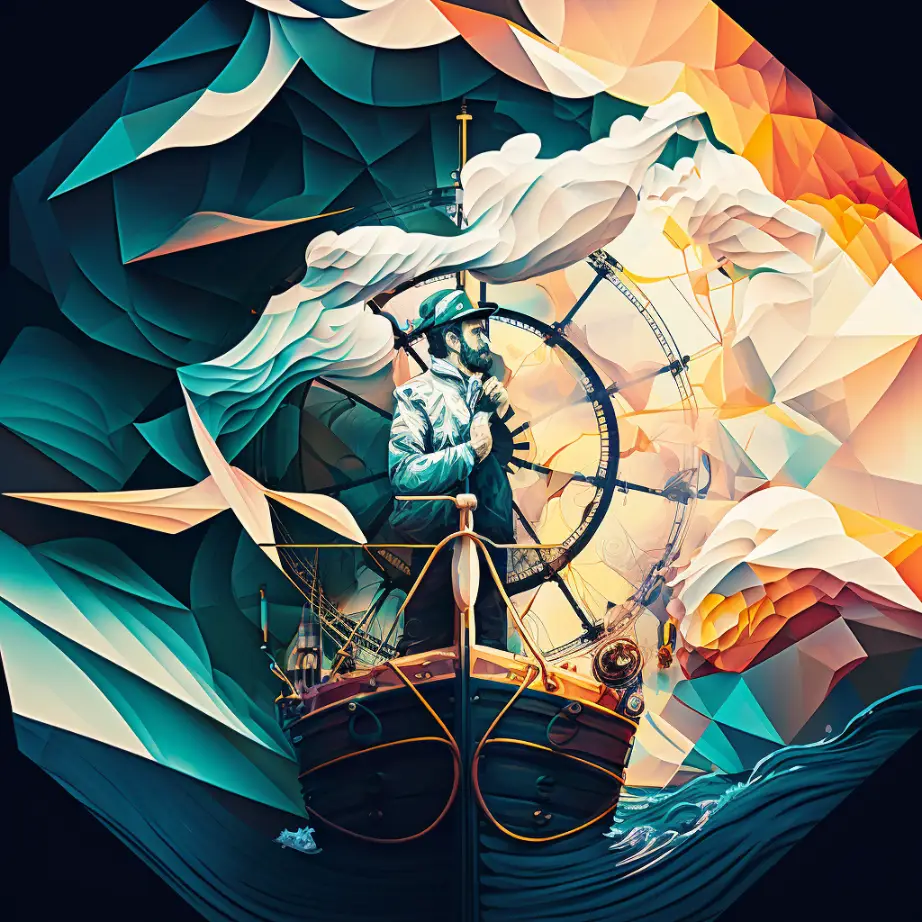
The psychedelic experience takes us into utmost beautiful territory. However, the experience has a flip sides: the “bad trip”. Understanding it will prove critical in reducing the risk and getting the most out of a psychedelic experience. Discover it in the last article of Chapter 2. Sign up below to stay tuned!
Images
Uncited images were created by Nino Galvez using AI image generators
References:
[1] Nichols, D. E. (2016). Psychedelics. Pharmacological Reviews, 68(2), 264–355. https://doi.org/10.1124/pr.115.011478
[2a,b,c,d] Letheby, C., & Gerrans, P. (2017). Self unbound: Ego dissolution in psychedelic experience. Neuroscience of Consciousness, 2017(1). https://doi.org/10.1093/nc/nix016
[3a,b,c,d] Watts, R., & Luoma, J. B. (2020). The use of the psychological flexibility model to support psychedelic assisted therapy. Journal of Contextual Behavioral Science, 15, 92–102. https://doi.org/10.1016/j.jcbs.2019.12.004
[5] Roseman, L., Nutt, D. J., & Carhart-Harris, R. L. (2018). Quality of acute psychedelic experience predicts therapeutic efficacy of psilocybin for treatment-resistant depression. Frontiers in Pharmacology, 8. https://doi.org/10.3389/fphar.2017.00974
[6] YouTube. (2019). The Hyperbolic Geometry of Dmt Experiences (@Harvard Science of Psychedelics Club). Retrieved April 16, 2023, from https://www.youtube.com/watch?v=loCBvaj4eSg.
Subscribe to the insights newsletter
At most, once every 2 weeks.
